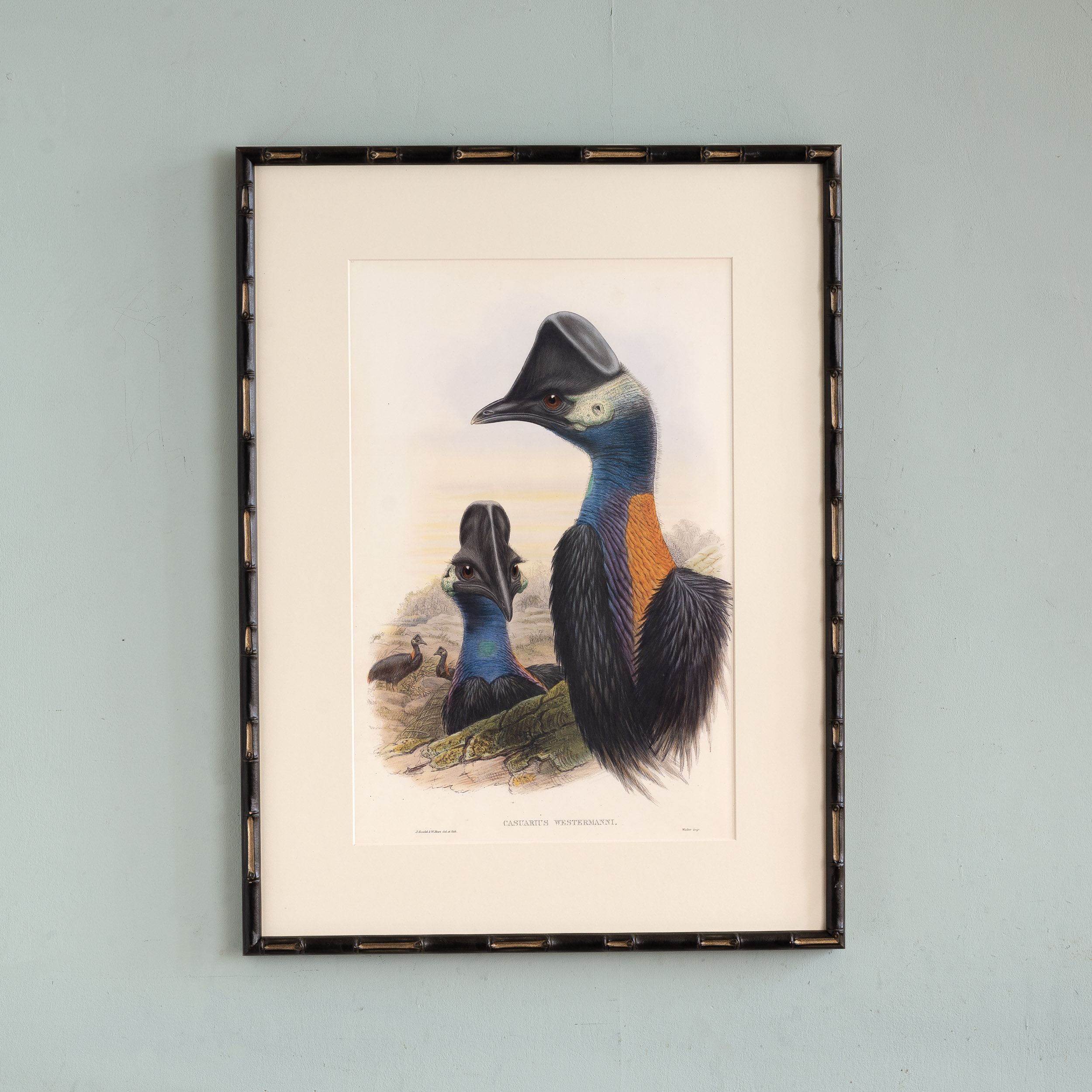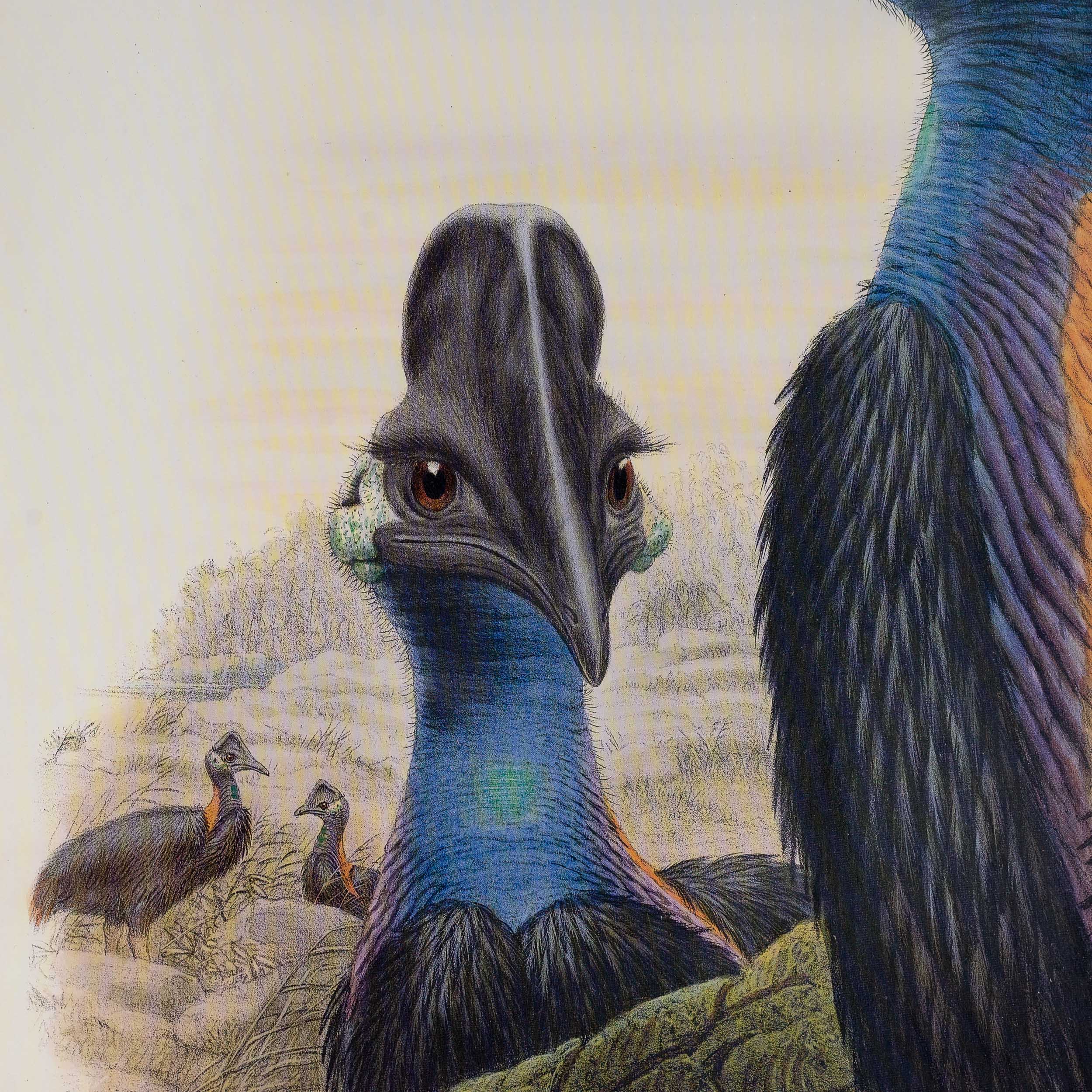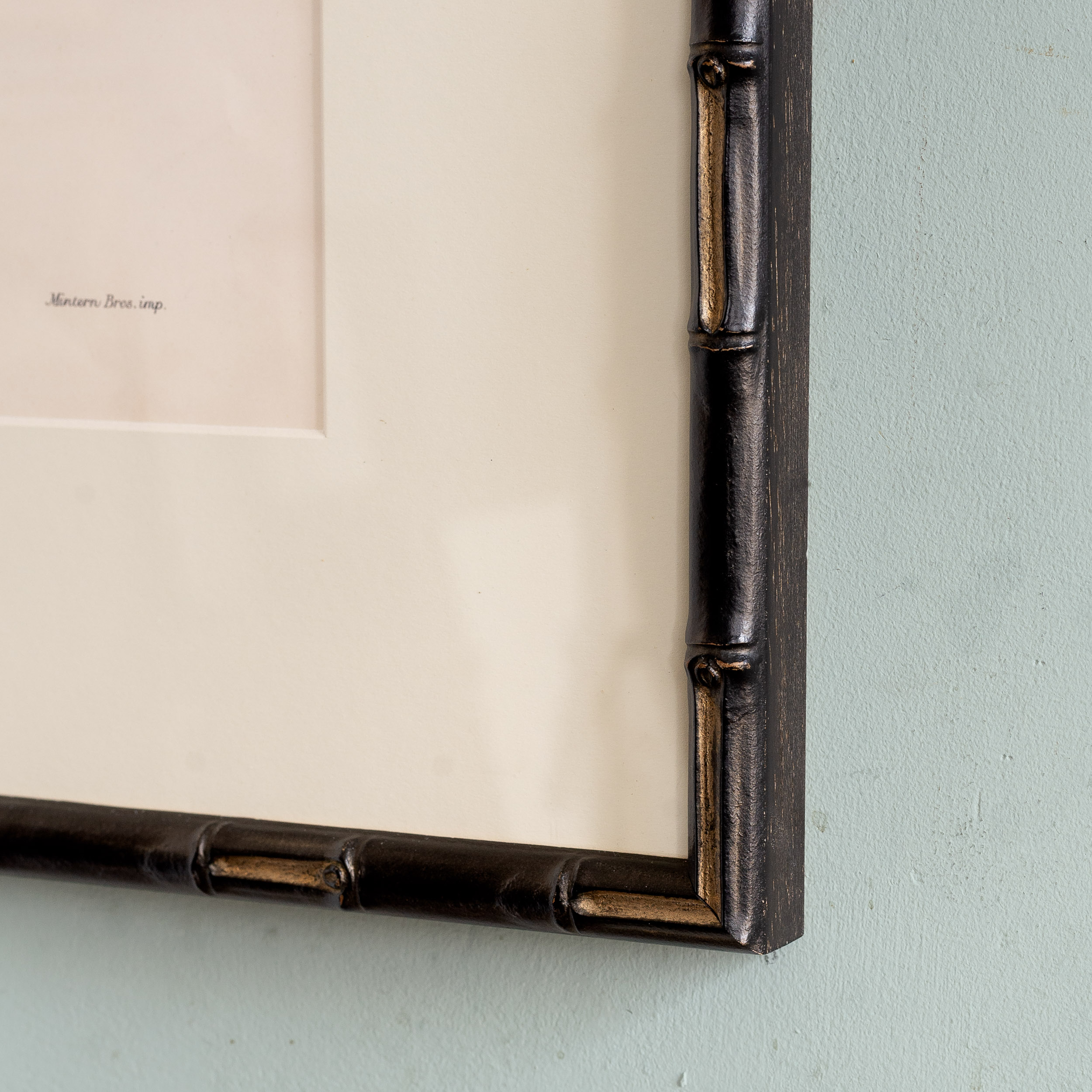Birds of New Guinea by John Gould ,
John Gould (1804-1881) was born in Lyme Regis, Dorset, the son of John Gould, a gardener, and his wife Elizabeth Clatworthy. Gould’s training was as a taxidermist rather than an artist, and in 1828 he was appointed animal preserver at the museum of the Zoological Society of London.
In 1838-1840, Gould and his family went to the then relatively unknown continent of Australia, with the purpose of collecting and studying specimens. During his time there he discovered hundreds of new bird species and subspecies. As a result of the findings the fascinating works Birds of Australia and Mammals of Australia were published. Subsequently he was considered as the father of bird study in Australia.
Gould himself did not execute finished drawings for any of his works, only providing rough pencil or watercolour sketches with notes for his artists to work from. The artists he employed included his wife Elizabeth, Edward Lear, Joseph Wolf, Henry Richter and Joseph Hart.
£220
In stock
Authentic facsimile prints based the the original that was presented to the British Museum, published by Hill House 1991. Mounted in cream and framed in faux bamboo. ‘Casuarius Westermanni – Westerman’s Cassowary’.



